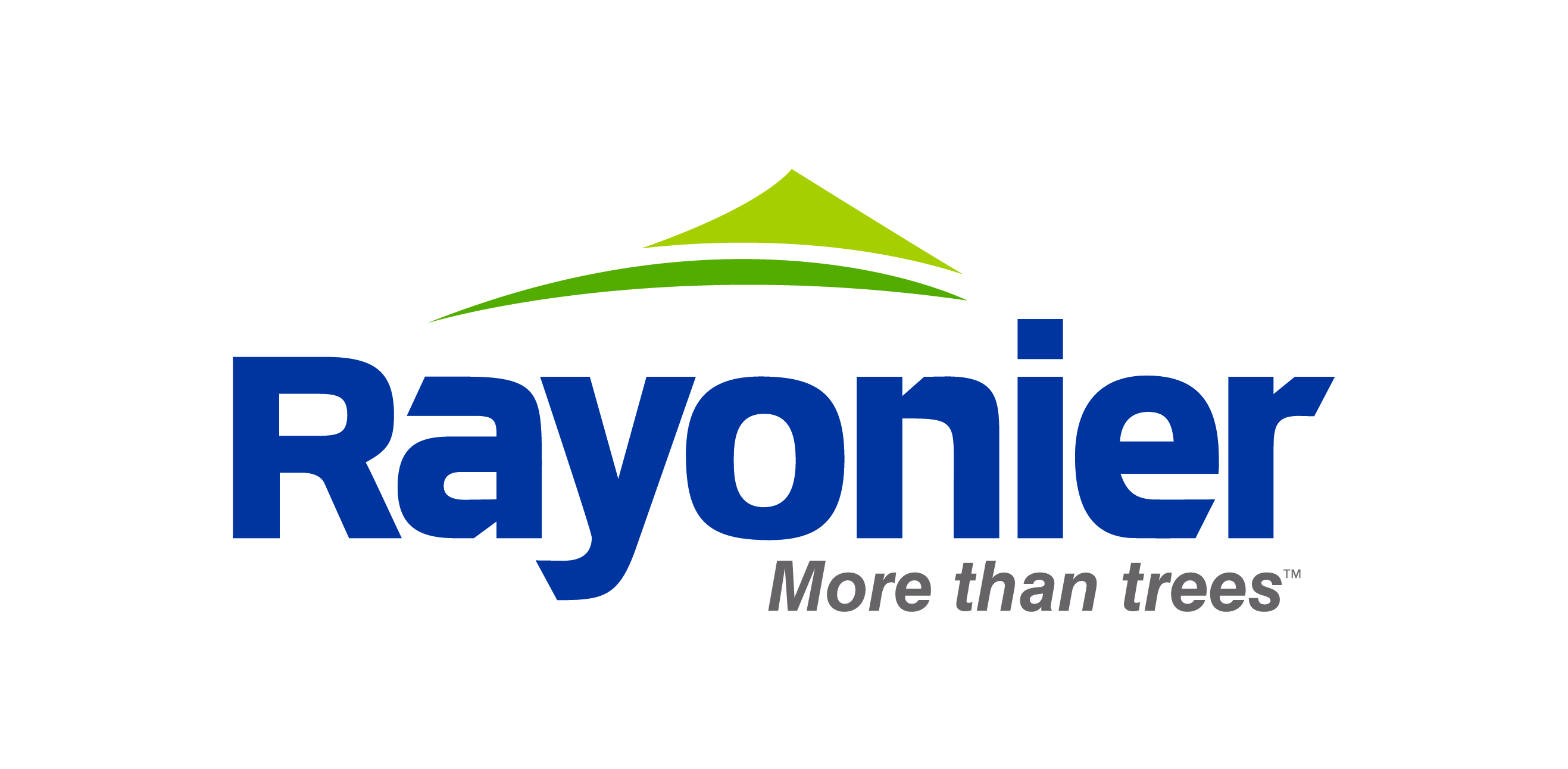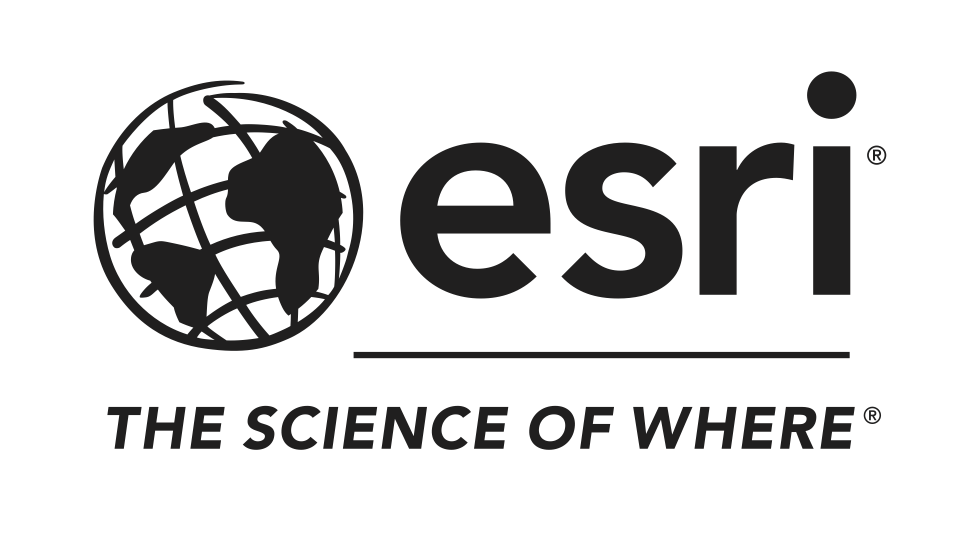SAF ForestEd
Friday Agenda | Saturday Agenda
To view a session, click on the list of events below, and then click the View Session button.
Thursday, 29 October
10:00AM - 1:00PM ET
Innovation Zone Presentations 10:00AM - 10:30AM ET
Taking the Urban Wood Economy Full Circle
View SessionOverview
Taking the Urban Wood Economy Full Circle
Company: US Forest Service
Advancements in Forest Measurement
View SessionOverview
Join us for an overview of how Haglof and our products are working to make your work more efficient and improve the accuracy of your data, all while making your job easier!
Company: Haglof, Inc.
Concurrent Poster Chat Sessions 10:00AM - 11:00AM ET
R1-PC1: Poster Chats
View SessionOverview
R2-PC1: Poster Chats
View SessionOverview
R3-PC1: Poster Chats
View SessionOverview
R4-PC1: Poster Chats
View SessionOverview
Innovation Zone Presentation 10:30AM - 11:00AM ET
Welcome to Forests
View SessionOverview
Science Flashes 11:00AM - 11:50AM ET
R1-1: Science Flashes
View SessionOverview
Concurrent Professional Development Seminars and Interactive Discussions 11:00AM - 12:30PM ET
LS2-1: Student Meetup
View SessionOverview
Join students from around the country for a fun, engaging discussion on tips and tools for successful networking in the workplace and the profession.
Sponsor

LS3-1: A Seat at the Table: Advancing Our Commitment to Equity, Diversity, and Inclusion
View SessionOverview
LS4-1: Discussion Panel with USDA National Institute of Food and Agriculture (NIFA) Fellows
View SessionOverview
Concurrent Scientific & Technical Sessions 11:00AM - 12:30PM ET
R2-1: Agroforestry
View SessionOverview
R3-1: Wildlife
View SessionOverview
R4-1: Economic Modelling
View SessionOverview
R5-1: Silviculture
View SessionOverview
R6-1: Forest Ecology
View SessionOverview
R7-1: Forest Technology
View SessionOverview
R8-1: Recreation & Wilderness Management
View SessionOverview
R9-1: Urban & Community Forestry
View SessionOverview
Innovation Zone Presentation 12:30PM - 1:00PM ET
IFTDSS: Fuel Treatment Decision Support - Introduction to the Quantitative Wildfire Risk Assessment
View SessionOverview
1:00PM - 6:00PM ET
Opening Plenary: Indigenous Environments and Adaptation in the Dawnland 1:00PM - 2:30PM ET
Indigenous Environments and Adaptation in the Dawnland
View SessionOverview
National Awardee Winner Meet & Greet 2:30PM - 3:30PM ET
National Awardee Winner Meet & Greet
View SessionOverview
Join the celebration as we showcase our 2020 SAF national award winners. This one-hour, interactive meet and greet will highlight the outstanding achievements of individuals and organizations in the field of forestry. National award winners will be introduced and then split into three groups where attendees can interact in a more casual setting. Bring your burning questions and be prepared to get inspired as you learn more about the people who are positively impacting today’s world of natural resources.
SAF Town Hall 3:30PM - 5:00PM ET
SAF Town Hall
View SessionOverview
The annual SAF Business Meeting with an interactive twist. Join SAF CEO Terry Baker, SAF President Tammy Cushing, and other leadership as they discuss current and anticipated opportunities and challenges and highlight recent accomplishments. Plus, we’ll have a robust Q&A session with attendees.
Concurrent Professional Development Seminars and Interactive Discussions 3:30PM - 5:00PM ET
LS2-2: Engaging Students and Early-Career Professionals in SAF: A World Café
View SessionOverview
LS3-2: The Virtual Leader: Keeping Your Teams on Track in Turbulent Times and at All Times
View SessionOverview
People, Policy & Popcorn 3:30PM - 5:00PM ET
LS4-2: Cultural Connection with Land and Natural Resources
View SessionOverview
Science Flashes 3:30PM - 4:50PM ET
R1-2: Science Flashes
View SessionOverview
Concurrent Scientific & Technical Sessions 3:30PM - 5:00PM ET
R2-2: Agroforestry from 30,000 Feet down to the Field Level
View SessionOverview
R3-2: Silviculture & Forest Ecology in the West
View SessionOverview
R4-2: Forest Policy
View SessionOverview
R5-2: Silviculture
View SessionOverview
R6-2: Forest Ecology
View SessionOverview
R7-2: Forest Technology
View SessionOverview
R8-2: Recreation & Wilderness Management
View SessionOverview
3:30PM ET - Responding to Increasing Visitation: Pilot Hiker Shuttle in Franconia Notch State Park, New Hampshire
Speaker: Philip Bryce, NH Division of Parks and Recreation
Description: Public lands have seen unprecedented levels of visitation. To address insufficient parking, a hiker shuttle was started to serve visitors to Franconia Notch State Park and the surrounding White Mountain National Forest. The shuttle, operated by NH State Parks, has been an operational success but is not financially self-sufficient.
4:00PM ET - Recreation Participation Outlooks to 2070 for Downhill and Back-Country Skiing
Speaker: Ashley Askew, University of Georgia
Description: A concern for many communities and forest landowners is the future of outdoor recreation opportunities under climate change. Recreation participation and consumption were simulated to 2070 under four paired socioeconomic and greenhouse gas scenarios. We highlight regions where downhill and back-country skiing may be most vulnerable to potential climate change.
R9-2: Urban & Community Forestry
View SessionOverview
3:30PM ET - Looking to the Future: Challenges and Opportunities Facing Urban Forest Managers
Speaker: Arnold Brodbeck, Alabama Cooperative Extension System
Description: This presentation will address current challenges and opportunities facing urban forest managers and impacts on the profession. The study employed interviews with a diversity of participants, including practitioners, researchers, and organizational leaders, associated with urban forest management. Emergent themes included climate change, professionalism, technology, education and research needs.
4:00PM ET - Building a Sustainable Urban Forest: The Gowanus Tree Network in Brooklyn, NY
Speaker: Karl Honkonen, US Forest Service/Eastern Region, State & Private Forestry and Natasia Sidarta, Gowanus Canal
Description: The Gowanus Canal Conservancy has developed the Gowanus Tree Network, a group of engaged and educated neighborhood stakeholders that is building a more sustainable urban forest in the Gowanus neighborhood in Brooklyn, NY. The Network is improving street tree health, stormwater management, reducing heat island effects and improving neighborhood livability.
Opening Reception 5:00PM - 6:00PM ET
Opening Reception
View SessionOverview
Join us for a fun evening of virtual magic and connecting with attendees. Magician and mentalist Denny Corby will not only amaze you with his tricks, but he will also be showing everyone some secrets and how to do a trick or two. After the show, attendees are welcome to network and reconnect in breakout Zoom rooms. This would be a great time to wear your SAF T-shirt and show your support of the organization!!
Sponsors
 |  |
| Access Date | Quiz Result | Score | Actions |
|---|
Haven't Yet Registered?
There's still time to register for the 2020 SAF National Convention. Registration is extended through December 4, 2020.
Register Now#SAF2020 Recordings Available
#SAF2020 registrants have instant access to recordings as part of their registration. Login to view session recordings.
If you did not register for #SAF2020, the session recordings are now available for purchase through December 4, 2020. Click the button below to register to purchase the recordings. After payment, you will have access to view the sessions at your convenience through the end of 2020.
Register NowExhibit Hall & Career Fair Hours
The SAF National Convention Exhibit Hall and Career Fair is open on conference days from 10:00AM - 3:00PM ET.
Enter Now